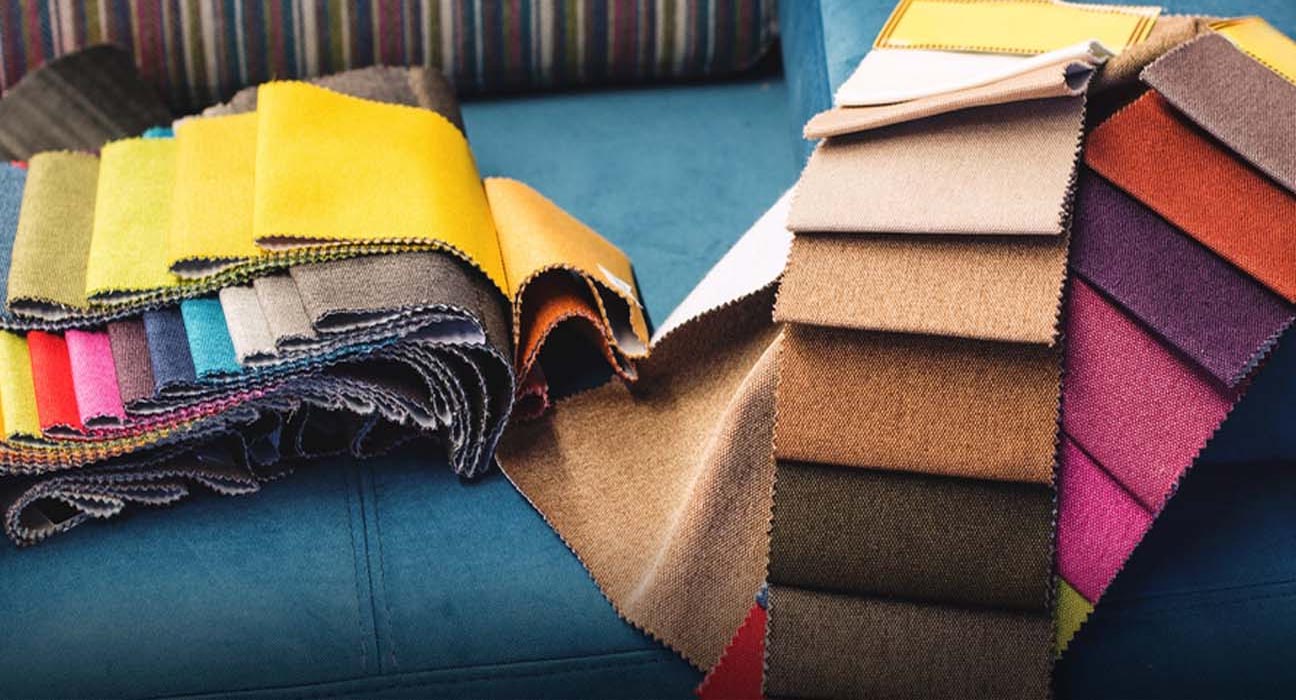
Introduction
The word Textile came from the Latin word Textilis. It means to weave something. In this blog post, we will try to give cover the Types of Textiles.
A textile is a flexible material made by creating an interlocking network of yarns or threads, which are produced by spinning raw fibers (from either natural or synthetic sources) into long and twisted lengths. Textiles are then formed by weaving, knitting, crocheting, knotting, tatting, felting, bonding or braiding these yarns together.
Textiles Types
In ancient times; the cloth was regarded as Textiles. That’s why fabric or dress was the basic form of textiles. But fabric and textiles are two different things. We will discuss the difference between Textiles and Fabrics in our next post.
However, there are Top six types of Textiles on the basis of fiber; they are obtained from. It includes both Natural and Manmade Fiber.
- Natural Fiber
- Plant-based Fiber or Bast Fiber
- Animal-based Fiber
- Mineral Fiber
- Man-made Fiber
- Cellulosic
- Semi-synthetic
- Synthetic
Types of Textiles
Natural fibers come from plant and animal fibers. They are eco-friendly and renewable. Also, natural fibers are light and biodegradable. Developments in technology allow natural fibers to be transformed into usable fabrics.
You May Read: Top 20 Natural Fiber
1. Plant-based
Over the years, using fabrics made from plants have become a trend. More manufacturers prefer using plant-based textile fabrics as they are environmentally friendly.
Here are some of the best plant-based textile fibers:
You may read: List of Bast Fiber
Animal-based
Textiles made from this fiber usually come from the fur or skin of animals. These fibers are woven or knitted to create jackets, blazers, coats, and other clothing.
The common sources of animal fibers are sheep, goats, rabbits, and camels as their fibers are very soft. On the other hand, fibers coming from horses, pigs, and cows are less soft.
Mineral Fiber
A general term for any nonmetallic, inorganic fibers. Examples of mineral fibers are Asbestos, graphite, and glass. Asbestos occurs naturally as fibers.
Types of Textiles
Man-made fibers
Man-made fibers can be cellulosic, semi-synthetic, or synthetic.
4. Cellulosic
Cellulosic fibers are extracted from the cellulose found in woody plants. This material is mixed with caustic soda and carbon disulfide then processed through a spinneret to create the fibers.
Viscose is the most common type of cellulose.
The production techniques of cellulosic fibers are viscose, modal, lyocell, and, recycled man-made fibers.
5. Semi-synthetic
Semi-synthetic fibers are created from natural materials and are reformed by chemical processes. Some of the semi-synthetic fibers are Acetate, Triacetate, and Promix.
6. Synthetic
Fabrics that are formed through a chemical process is called synthetic fabrics. This fiber is chemically built from gas, alcohol, water, and petroleum.
Synthetic fibers are cheaper and can be a replacement for natural fibers. With this, the demand for synthetic fabrics has dramatically increased.
Hope you have enjoyed the post. Stay tuned. If you have any questions comment below.
Follow us on Google News
